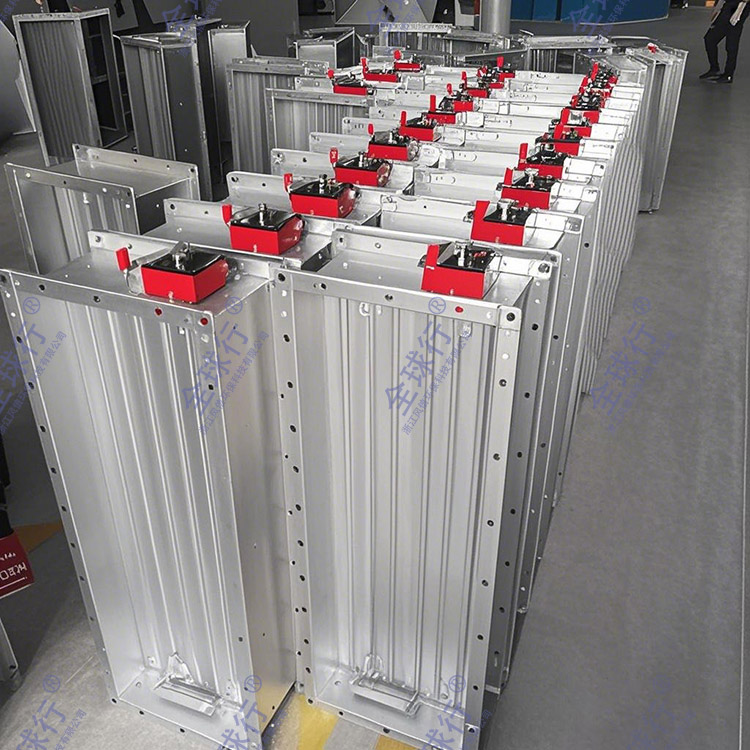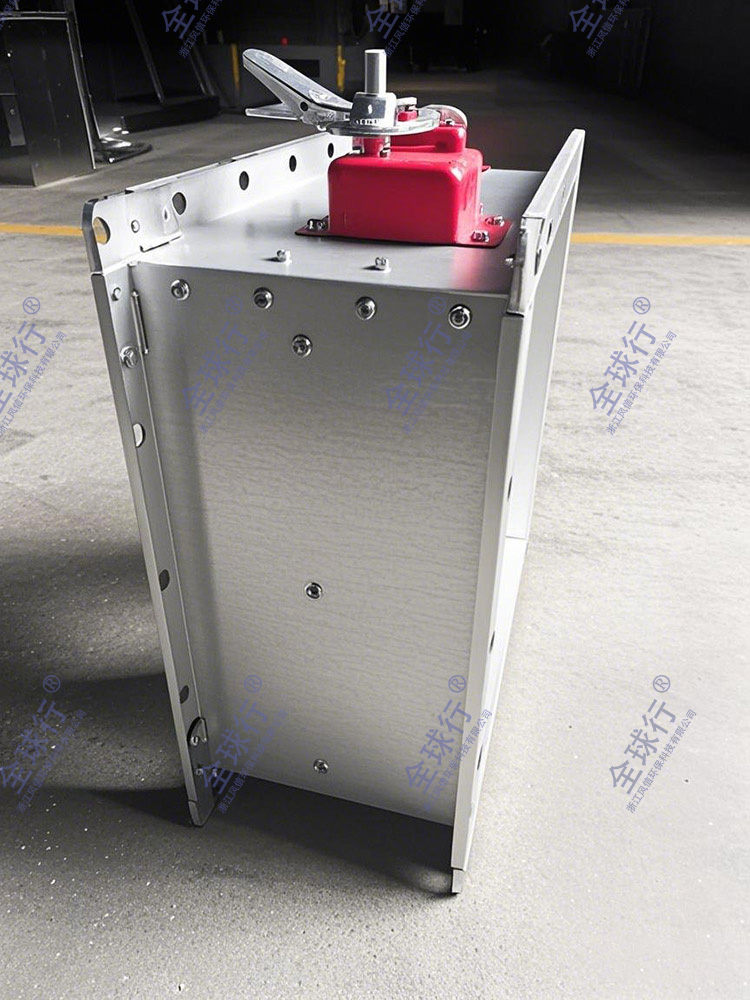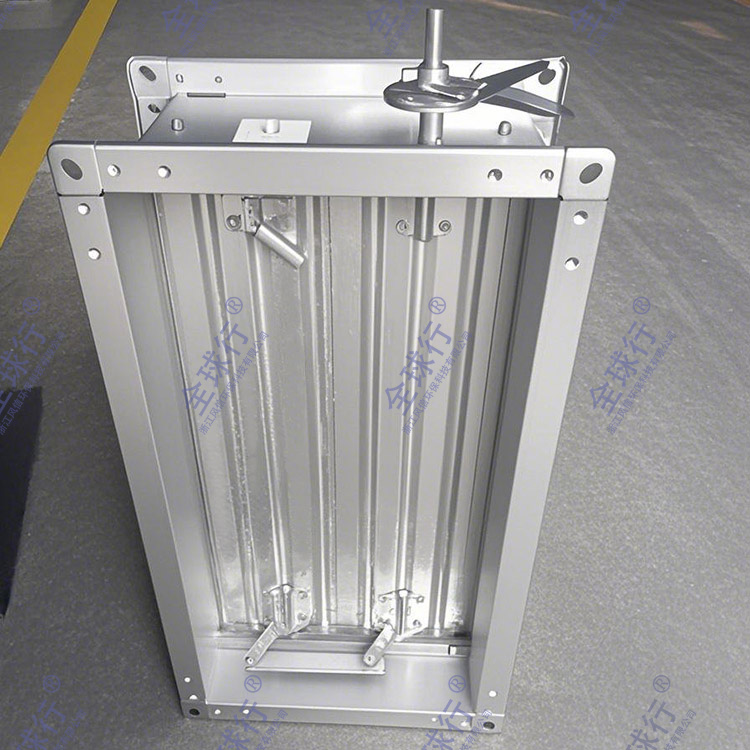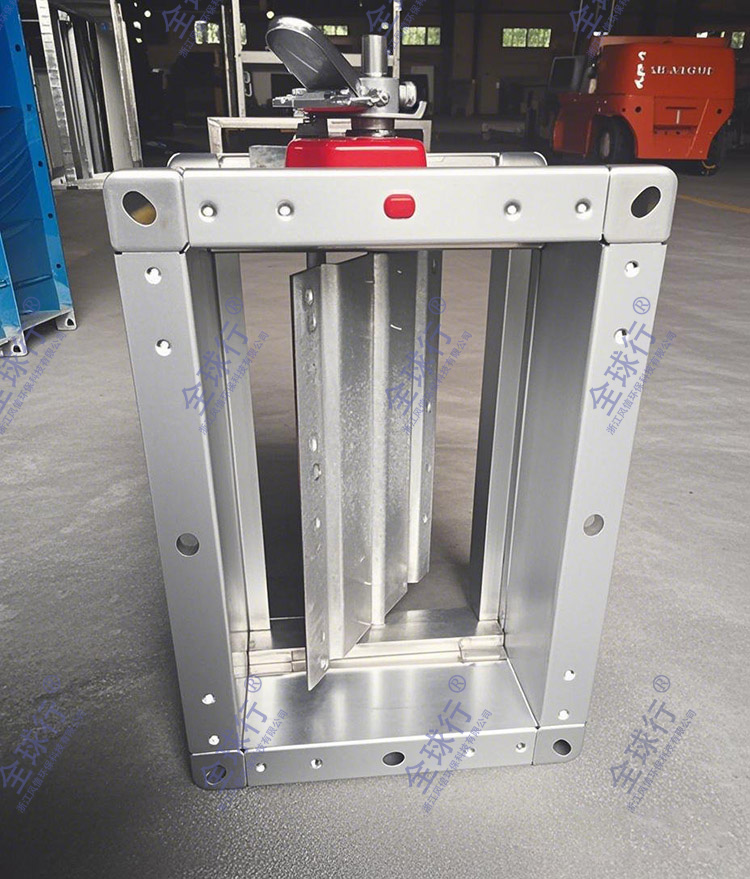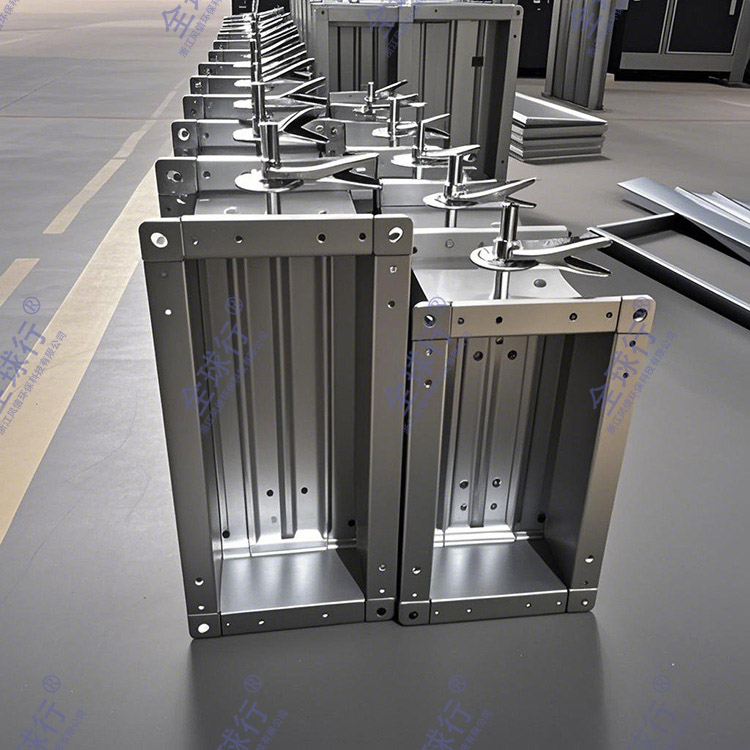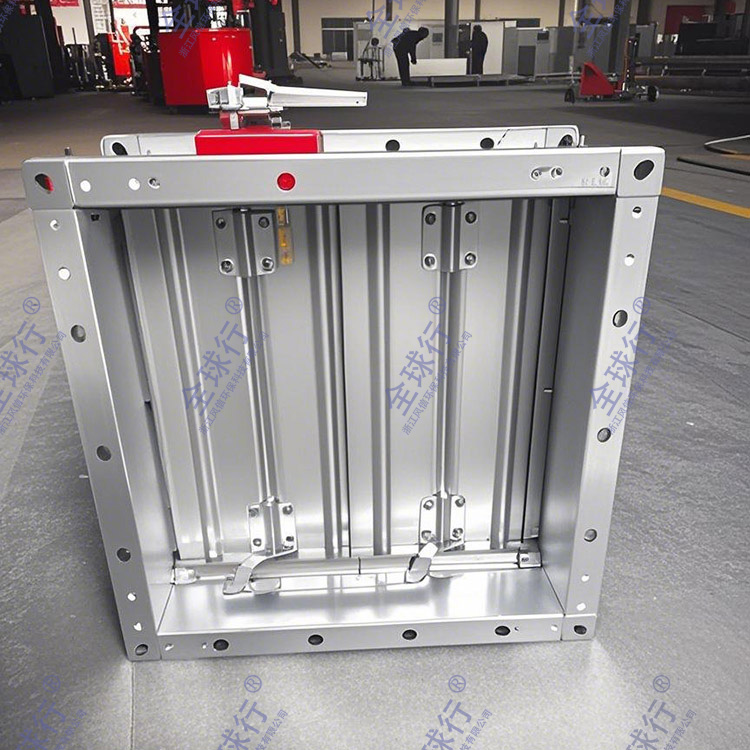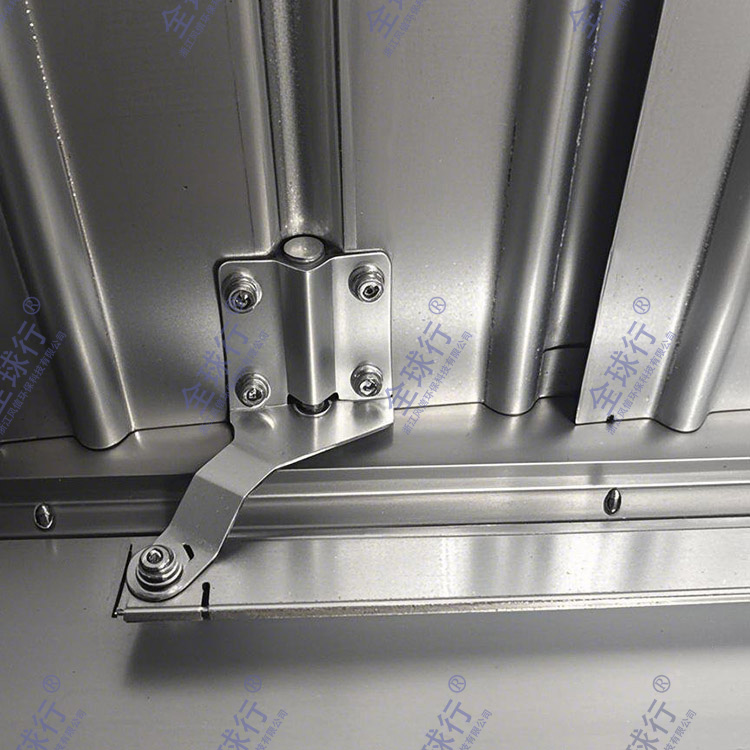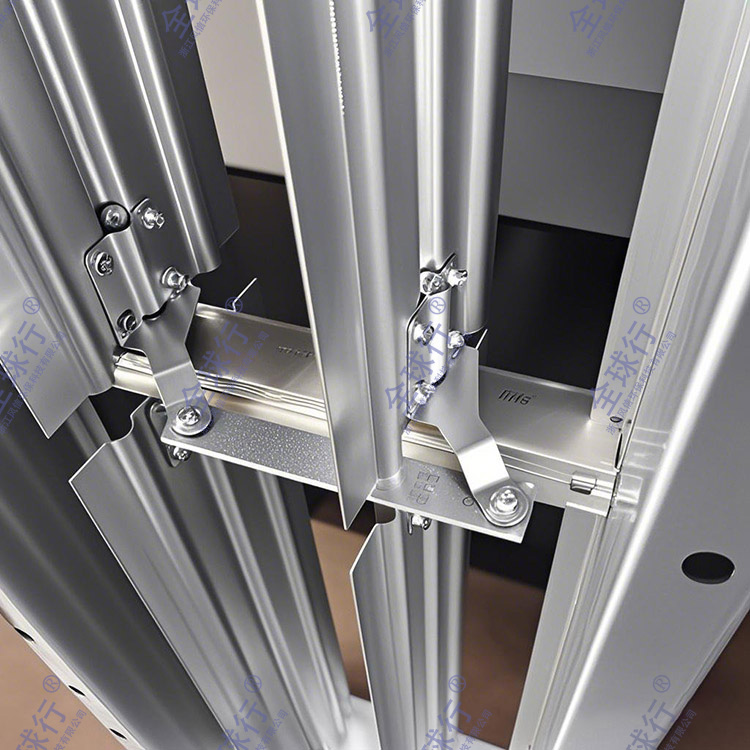Product Introduction
1. The core function of fireproof valve. Fire-retardant smoke insulation When the temperature in the air duct reaches the set value (usually 70℃ or 280℃), the valve body will automatically close to block the spread of fire and smoke through the ventilation duct. The linkage fire protection system is linked to the fire alarm system, and can trigger shutdown remotely or automatically to ensure the integrity of the fire protection partition. The fuse protection part valve has a fusible alloy sheet built-in, which is forced to close after high temperature blowing, and no external power supply is required (passive fireproof).
2. Common types and applicable scenarios Classified by temperature 70℃ fire valve: used for ordinary ventilation and air conditioning systems (such as shopping malls and office buildings). 280℃ fire-proof smoke exhaust valve: specially used for smoke exhaust pipes, it is resistant to high temperatures and needs to maintain integrity for a certain period of time (such as stairwell pressurized air supply system). Normally open type by function: Turn on normally and turn off during fire (used by most ventilation systems). Normally closed type: usually closed and open during fire (such as smoke exhaust valve). Electric control type: supports remote signal control, suitable for intelligent fire protection systems.
3. Installation specifications (according to GB 50016-2025) Key locations pass through the fire-proof partition, the partition wall of the air-conditioning machine room, and the junction of vertical air ducts and horizontal air ducts. The installation requires that the valve be ≤200mm from the wall, and an independent support hanger is installed (avoid sharing with the air duct). The action mechanism is facing a direction that is convenient for operation and maintenance (such as corridors or ceiling maintenance ports).
4. Maintenance and inspection Regular inspection. Manually test the valve opening and closing flexibility every quarter to remove dust accumulation (especially blades and guide rails). A linkage test is conducted once a year to ensure synchronous response with the fire protection system. The fault handling cannot be turned off: Check whether the actuator is stuck or replace the fuse chip. Smoke leakage: The seal strip needs to be replaced when aging (high temperature resistant silicone material).
5. New industry trends (updated in 2025) Intelligently upgrade integrated temperature sensors and wireless transmission modules, and upload them to the fire protection Internet of Things platform in real time. The valve body for environmentally friendly materials uses lithoside calcium silicate plates, which have improved refractory performance and no release of harmful substances.
Product details
